Learn how to check and maintain your car’s fluid levels, from engine oil to brake fluid, ensuring safety and vehicle longevity. Follow our simple step-by-step guide.
You want your car to run smooth, right? Well, it needs the right fluid levels. Engine oil, coolant, brake fluid—these are important for your car. If you don’t check, you might face problems. In this article, I’ll show you how to check and top up these fluids. It’s not hard, and you can do it yourself. Let’s start with engine oil and then move to coolant, brake fluid, and more. By the end, you’ll know how to keep your car in good shape and avoid big repairs.
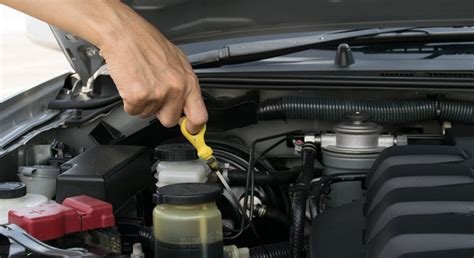
Maintaining the car’s fluid levels is crucial for ensuring optimal performance, extending the vehicle’s lifespan, and keeping you safe on the road. Regularly checking and refilling these fluids can prevent serious damage to your vehicle. This guide will provide you with step-by-step instructions and essential tips for maintaining your car’s fluid levels.
Step-by-Step Guide to Checking Engine Oil Levels
Engine oil plays a vital role in lubricating the engine’s moving parts, reducing friction, and preventing overheating. Ensuring that the oil level is adequate is one of the simplest yet most important maintenance tasks you can perform.
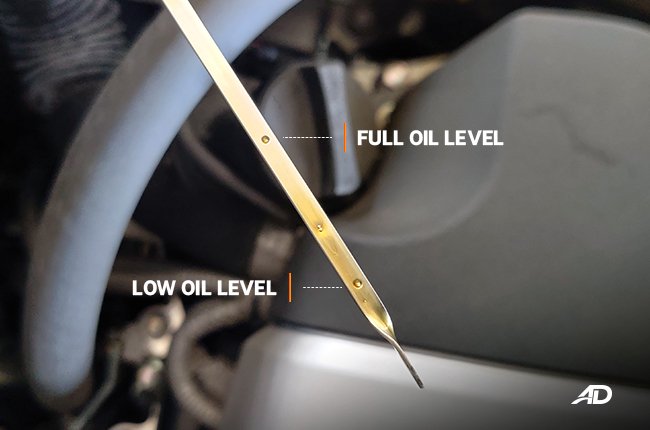
Tools and Materials Needed for Checking Engine Oil
Before checking the oil level, gather the necessary tools. You’ll need:
- A clean cloth or paper towel
- The car’s manual for specific instructions
- An oil dipstick (usually included with the car)
How to Use the Dipstick to Measure Engine Oil
- Park the car on a level surface and turn off the engine. Wait a few minutes for the oil to settle.
- Open the hood and locate the dipstick. It’s usually labeled or color-coded for easy identification.
- Pull out the dipstick and wipe it clean with a cloth.
- Insert the dipstick back into the tube fully, then remove it again to check the oil level.
Understanding the Engine Oil Level Reading
The dipstick has markings indicating the minimum and maximum oil levels. The oil should be between these marks. If it’s below the minimum mark, you need to add oil.
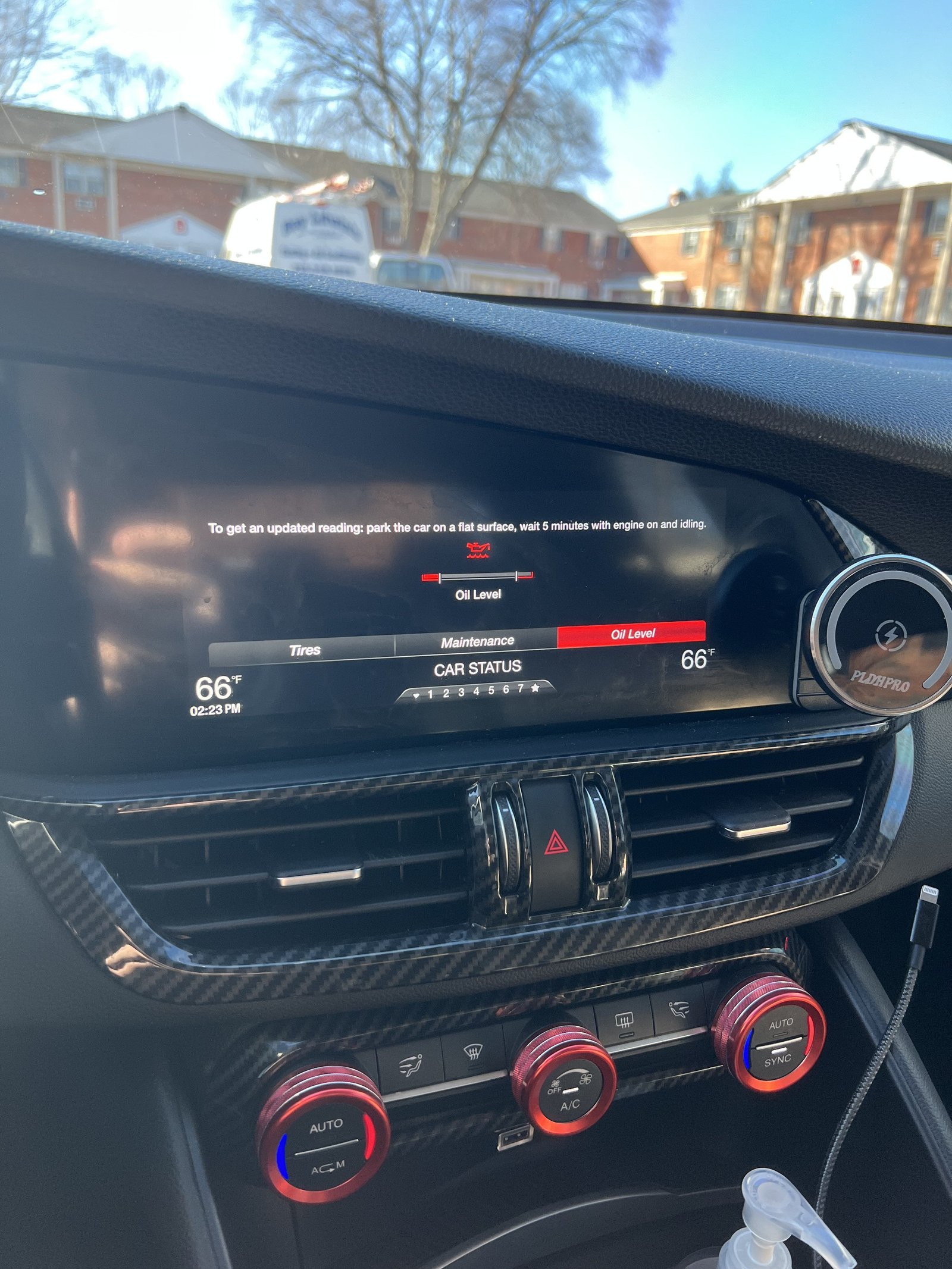
If the oil level is low:
- Use the appropriate engine oil recommended by your car’s manufacturer.
- Slowly add oil, checking the level with the dipstick to avoid overfilling.
- Replace the dipstick and close the hood once done.
Checking Coolant Levels and Maintaining the Radiator
Coolant helps regulate the engine temperature and prevents it from overheating. It circulates through the radiator and the engine, absorbing excess heat.
Importance of Coolant in Preventing Engine Overheating
Without enough coolant, your engine is at risk of overheating, which can lead to severe damage. Regularly checking and maintaining the coolant level is essential.
How to Safely Check Coolant Levels
- Ensure the engine is cool before opening the radiator cap, as hot coolant can cause burns.
- Locate the coolant reservoir. It’s usually a translucent container with minimum and maximum markings.
- The coolant level should be between these marks. If it’s low, proceed to refill it.

Identifying Signs of Low Coolant
Low coolant can cause the engine to overheat or the heater to malfunction. Warning signs include:
- The temperature gauge rising above normal
- A visible coolant leak under the car
- The heater blowing cold air
Steps to Refill Coolant and Prevent Leaks
If your coolant is low:
- Use the correct coolant type specified in your car’s manual.
- Pour the coolant slowly to the appropriate level in the reservoir.
- Check for leaks under the vehicle and around the radiator. If you notice a leak, it’s important to get it fixed immediately.
Monitoring and Refilling Brake Fluid
Brake fluid is essential for the proper functioning of your vehicle’s braking system. It transfers the force from your foot on the brake pedal to the brake pads, allowing you to stop your car.
Why Brake Fluid is Crucial for Vehicle Safety
Without sufficient brake fluid, your brakes could fail, leading to dangerous situations. Therefore, monitoring the brake fluid level is a non-negotiable aspect of vehicle maintenance.
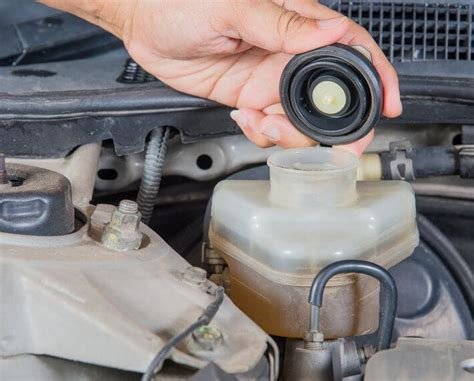
How to Inspect Brake Fluid Levels
- Locate the brake fluid reservoir under the hood. It’s usually near the back of the engine bay.
- The reservoir is usually transparent with markings indicating the fluid level. The fluid should be between these marks.
Recognizing Symptoms of Low Brake Fluid
Signs that your brake fluid is low may include:
- A spongy or soft brake pedal
- The brake warning light on your dashboard
- Increased stopping distance
Safe Methods for Adding Brake Fluid
If you need to add brake fluid:
- Use the correct type of brake fluid as specified in your manual.
- Clean the area around the reservoir cap to prevent contamination.
- Slowly add fluid until it reaches the maximum mark. Avoid overfilling.
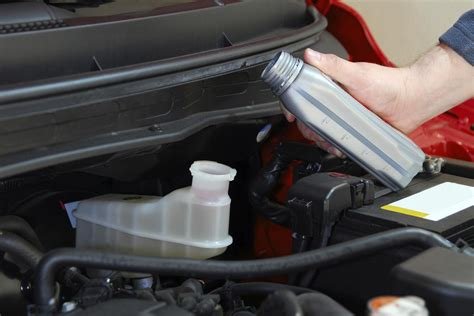
How to Check and Top Up Transmission Fluid
Transmission fluid ensures smooth gear shifts and prolongs the life of your transmission. Maintaining the right fluid level is critical for avoiding costly repairs.
Role of Transmission Fluid in Smooth Gear Shifting
This fluid lubricates the transmission’s moving parts and helps prevent overheating. Low or dirty transmission fluid can lead to hard or erratic shifting and transmission damage.
Locating the Transmission Fluid Dipstick
In most vehicles, the transmission fluid dipstick is located near the back of the engine bay. If you’re unsure, consult your vehicle’s manual.
How to Assess Transmission Fluid Condition
- Start the car and let it idle. The transmission fluid should be checked while the engine is running.
- Remove the dipstick, wipe it clean, then reinsert and remove it again.
- The fluid should be within the marked area on the dipstick and have a reddish color. If it’s dark or smells burnt, it may need replacing.
Instructions for Properly Refilling Transmission Fluid
If the fluid level is low:
- Add the correct type of transmission fluid slowly through the dipstick tube.
- Recheck the level to ensure it’s within the proper range.
- Avoid overfilling, as this can cause issues with the transmission.
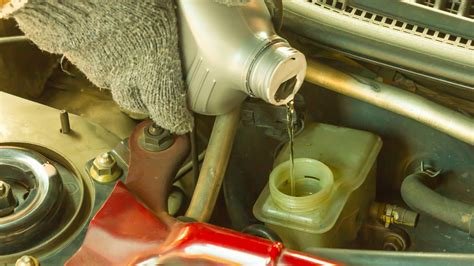
Ensuring Adequate Power Steering Fluid Levels
Power steering fluid is crucial for the smooth operation of your vehicle’s steering system, making it easier to turn the steering wheel.
Understanding the Role of Power Steering Fluid
This fluid helps transmit the force needed to turn your vehicle’s wheels with minimal effort. Low levels can make steering difficult and could damage the steering pump.
Steps to Check Power Steering Fluid Levels
- Locate the power steering fluid reservoir. It’s usually labeled and found near the front of the engine bay.
- The fluid level should be within the marked range on the reservoir. If it’s low, you may need to top it up.
Identifying Issues with Power Steering Fluid
Common signs of low or dirty power steering fluid include:
- A whining noise when turning the wheel
- Increased effort needed to steer
- Fluid leaks under the vehicle
How to Safely Add Power Steering Fluid
To top up the fluid:
- Use the correct power steering fluid type as indicated in your manual.
- Pour the fluid into the reservoir until it reaches the appropriate level.
- Check for leaks around the reservoir and hoses.
Common Fluid Level Issues and How to Address Them
Over time, you may encounter problems with your car’s fluid levels. Addressing these issues promptly can prevent more serious damage.

Signs of Fluid Leaks and How to Detect Them
Fluid leaks are a common issue. To detect them:
- Check under your car for any puddles or wet spots.
- Inspect the engine bay for drips or stains.
- Common leaks involve engine oil, coolant, and transmission fluid.
How to Handle Fluid Contamination
Contamination of fluids, such as oil or transmission fluid, can reduce their effectiveness. Symptoms include:
- Discolored or dirty fluid
- Unusual smells
- Performance issues
If contamination is suspected, it’s best to replace the fluid and flush the system if necessary.
What to Do When Fluid Levels Fluctuate Frequently
If you notice that fluid levels are fluctuating often:
- Check for leaks or faulty seals that could be causing fluid loss.
- Monitor fluid usage and refill as needed.
- If the issue persists, seek professional help.
When to Seek Professional Help for Fluid-Related Problems
Not all fluid issues can be resolved at home. If you experience ongoing problems or are unsure how to proceed, it’s wise to consult a mechanic.
The Importance of Regular Fluid Level Checks for Vehicle Longevity
Consistent checks and maintenance of your vehicle’s fluids are vital for keeping your car running smoothly and safely.
How Often Should You Check Your Car’s Fluid Levels?
Regular checks depend on the fluid type:
- Engine oil: Check every month
- Coolant: Check every three months
- Brake fluid: Check every six months
- Transmission fluid: Check annually
- Power steering fluid: Check every six months
Benefits of Preventive Maintenance and Fluid Checks
Preventive maintenance, including fluid checks, helps:
- Avoid costly repairs
- Increase the vehicle’s lifespan
- Enhance safety on the road
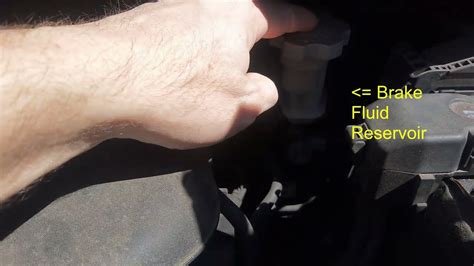
How Proper Fluid Levels Enhance Vehicle Performance and Safety
Maintaining proper fluid levels ensures that all vehicle systems work efficiently. This not only improves performance but also ensures your safety while driving.
Keeping your car’s fluid levels in check is key for smooth driving and avoiding big problems. Remember to check engine oil, coolant, and other fluids regularly. By doing this, you’ll save money and keep your car running well. If you have any questions or want to share your thoughts, leave a comment below. Don’t forget to explore more of our content for tips and advice on car maintenance.
FAQs about Fluid Levels
What are the most important fluids in a car?
The essential fluids include engine oil, coolant, transmission fluid, brake fluid, power steering fluid, windshield washer fluid, and differential fluid. These fluids are crucial for your vehicle’s performance and safety. Regular checks ensure your car runs smoothly and efficiently.
How often should I check my car’s fluid levels?
You should check your car’s fluid levels at least once a month. This practice helps identify potential issues early and ensures your car remains in optimal condition. It’s easy to do while refueling or during routine maintenance.
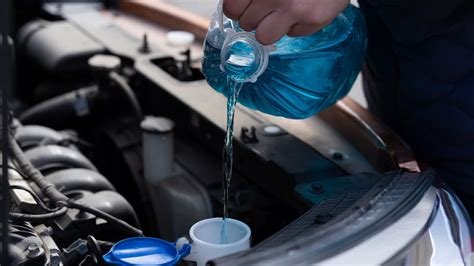
Can I check car fluids when the engine is hot?
Generally, it’s best to check most fluids when the engine is cold. This prevents burns and ensures accurate readings. The only exception is transmission fluid, which should be checked when the engine is warm and running.
What happens if I don’t maintain proper fluid levels?
Neglecting fluid levels can lead to engine damage, brake failure, and overheating, among other issues. Low or dirty fluids reduce your vehicle’s efficiency and can cause costly repairs.
How much does it cost to replace car fluids?
The cost varies by fluid type. For example, engine oil changes typically range from $35-$75, while transmission fluid changes can cost between $80-$250. Regular maintenance can save you money in the long run by preventing major repairs.